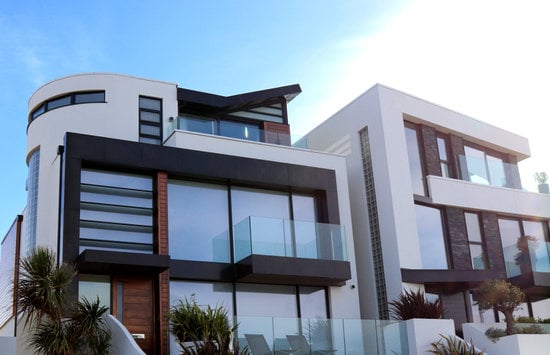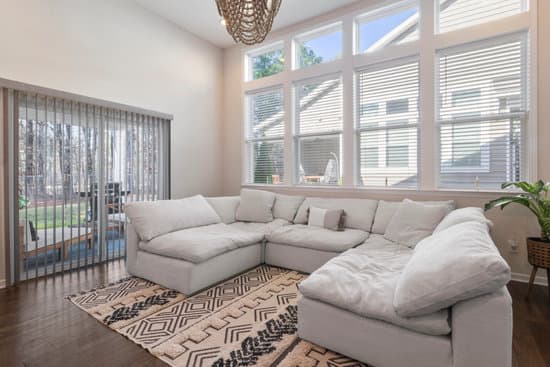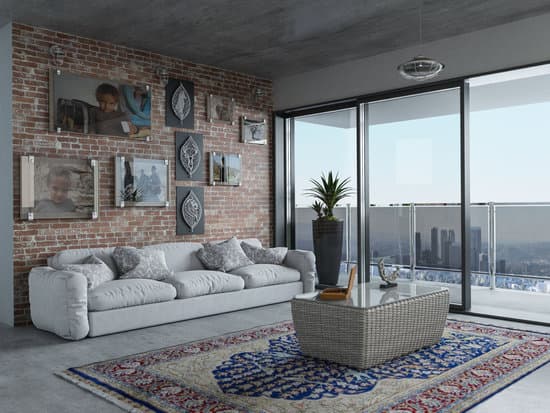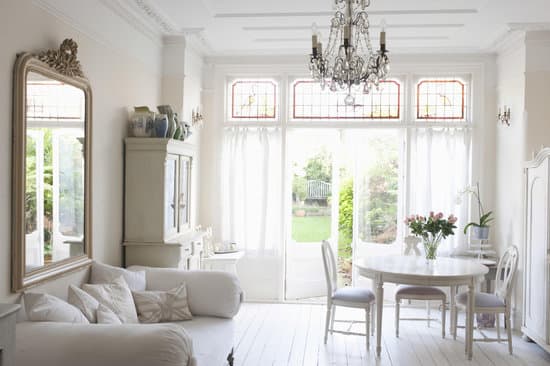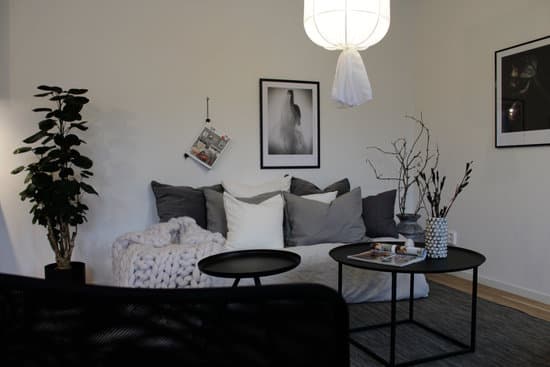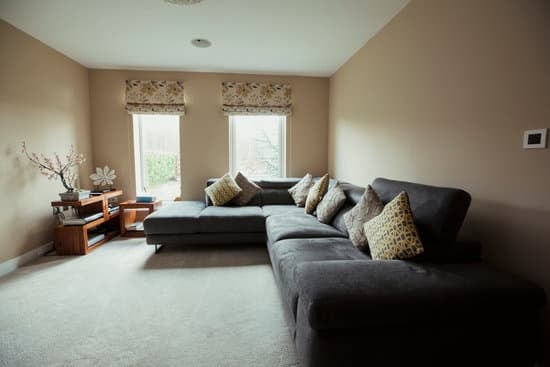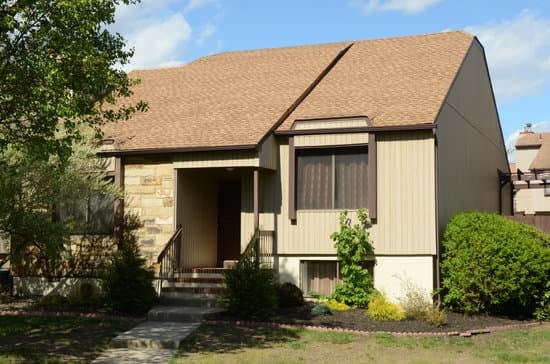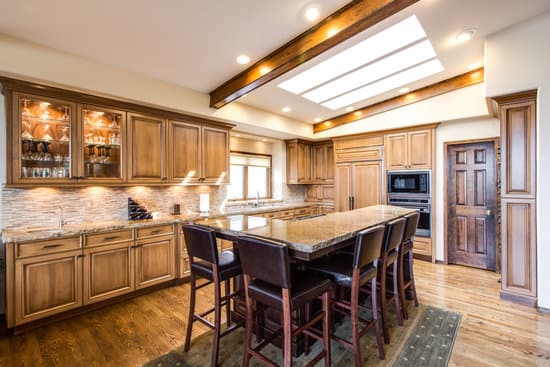- Color scheme: While both styles often feature a neutral color palette, Danish design typically incorporates pops of bold color to add vibrancy to a room. Scandinavian design, on the other hand, sticks to more muted colors such as white, beige, and gray to create a calming, minimalist feel.
- Materials: Danish design often incorporates natural materials such as wood, leather, and wool to add texture to a space. Scandinavian design also leans toward natural materials, but typically incorporates more metal and glass to create a modern aesthetic.
- Furniture design: Danish design is known for its clean, simple lines, with pieces often exhibiting organic, curved forms and tapered legs. Scandinavian design, while still modern, can be more angular and geometric, with sleek, straight-lined furniture pieces.
- Lighting: Lighting is a key component of both styles, but Danish design tends to feature statement light fixtures with bold, sculptural shapes. Scandinavian design, on the other hand, leans towards minimalistic lighting, with simple, functional fixtures like pendant lights and floor lamps.
Origins of Scandinavian design
Scandinavian design is a term that has been used for over six decades to describe the unique style of interior decoration seen in Nordic countries. It originated in the 1950s in the wake of the Nordic design movement which sought to create functional, modern and affordable furniture that was readily available to the general public. Scandinavia has been home to some of the world’s most famous furniture designers such as Arne Jacobsen, Alvar Aalto and Poul Henningsen. Scandinavian design is characterized by minimalism, simplicity and natural materials.Understanding Danish design
When it comes to interior decoration, Denmark has earned its reputation as one of the key players in the world of design. Danish design is characterized by functionalism, minimalism, and simplicity. It is renowned for its ability to seamlessly blend form and function, resulting in pieces that look as stunning as they are useful. Danish design has been an inspiration to many designers worldwide, with some of their iconic pieces featuring in numerous museums like the Museum of Modern Art in New York.Key characteristics of Scandinavian design
Scandinavian design is known for having the following characteristics:- Clean, simple lines
- Minimalist approach
- Use of natural materials such as wood and leather
- Muted, neutral colour palettes
- Functional, practical design
- High-quality craftsmanship and attention to detail
Unique elements in Danish interior design
Danish interior design is characterized by an emphasis on the functionality of furniture, with minimalism being a guiding principle. Here are some things that set Danish interior design apart from other Scandinavian styles:- Use of bright, bold colours to create contrast
- High-quality materials such as wool and cashmere, creating a luxurious feel
- Wood finishes, with the use of lighter shades of woods such as beech, birch, and pine
Similarities between Danish and Scandinavian design
Danish design and Scandinavian design share several similarities, including:- Minimalism and simplicity
- Use of natural materials
- Attention to detail
- High-quality craftsmanship
Popular trends in Scandinavian interior design
Scandinavian design is versatile, yet it has always maintained its timeless style. Some design trends that have recently emerged include:- Greenery in the form of indoor plants
- Use of matte finishes instead of glossy ones
- Lighter, neutral shades of creams and beiges used alongside greys and other monochromatic shades
- Incorporating organic shapes and curves into furniture and decor
How to incorporate Danish design in your home
Incorporating Danish design elements into your home can be achieved in various ways. Here are some tips to help:- Choose furniture pieces with clean, simple lines
- Focus on functionality and practicality
- Use plush materials such as wool and cashmere to create a luxurious feel
- Incorporate wooden pieces that feature light finishes such as beech, birch and pine
- Add colour through accessories such as rugs, cushions or vases, using strong and bold hues




